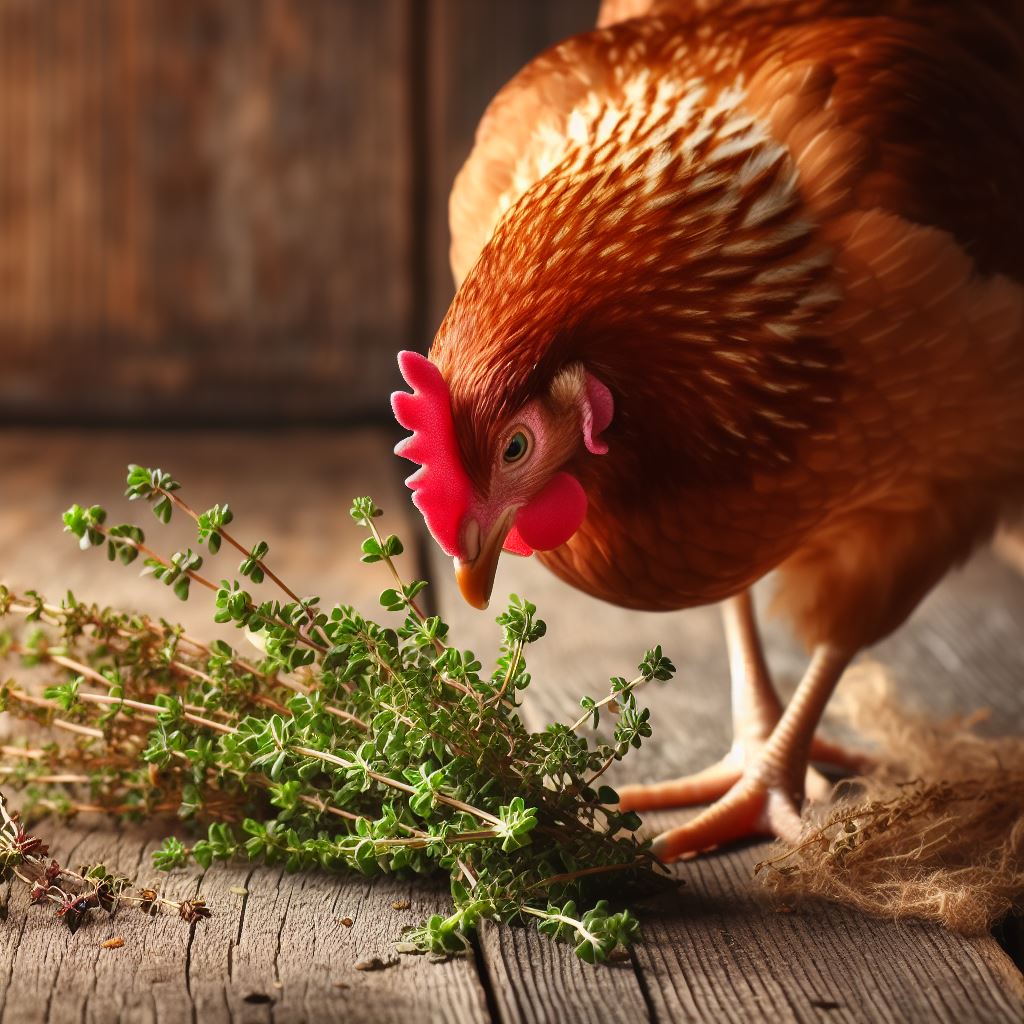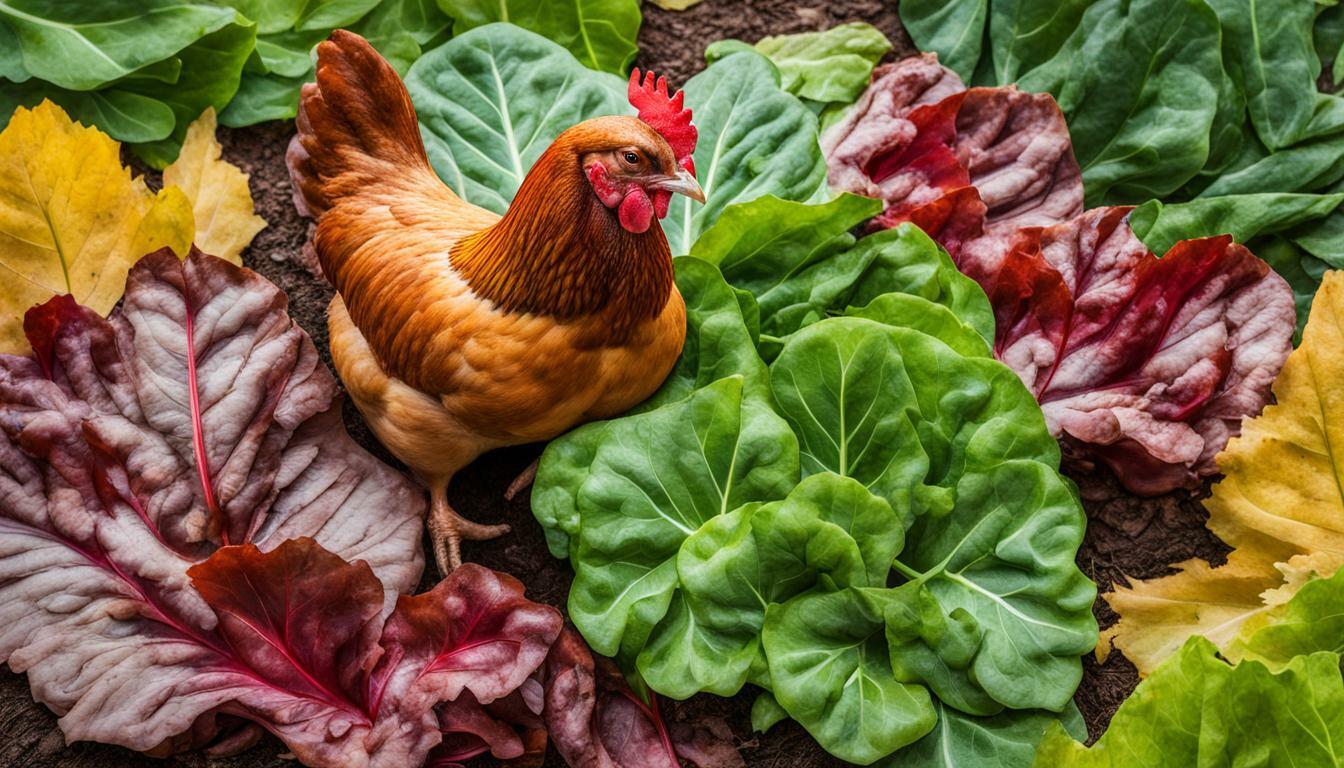How Much To Feed Chickens Per Day In Cups?

Table of content:
Raising backyard chickens can be an extremely rewarding experience. Fresh eggs every morning, charming and quirky personalities, natural pest control, and fertilizer for your garden are just some of the many benefits chickens provide.
Properly caring for your flock requires understanding their nutritional needs. So how much should you feed chickens per day?
How Much To Feed Chickens: The Basics
The amount of food chickens need varies based on factors like age, breed, season, and whether they’re layers or meat birds. However, on average, each standard-sized chicken should be fed 1/4 to 1/2 cup of feed per day. This translates to around 1/2 pound or 8 ounces of feed daily. Here’s a quick overview of how much to feed chickens:
- Baby chicks (1-8 weeks old): 1-2 oz feed per chick daily
- Pullets (8-18 weeks old): 3/4-1 lb feed per bird weekly
- Laying hens: 1/2 cup feed per hen daily, around 1.75 lbs weekly
- Meat birds (from hatch to processing): Unlimited access to feed
Chickens are natural foragers and typically eat throughout the day. To mimic their natural feeding habits, it’s best to divide their daily ration into two feedings – one in the morning and one in the evening.
Keep reading for more details on how much to feed chickens of different ages and types, along with tips on providing variety in their diet.
 Feed Amount Guidelines By Age
Feed Amount Guidelines By Age
The amount of food chickens require depends largely on their age and development stage. Here are some general guidelines:
Baby Chicks (1-8 Weeks)
From the time they hatch until 8 weeks, chicks have high protein requirements to support rapid growth. During this stage, provide chicks with 1-2 ounces of starter feed per chick daily. This should be available to them at all times.
Look for a feed labeled “starter” or “chick starter” that is 18-20% protein. This will have extra nutrients to meet their needs. You can also offer a few tablespoons of chick grit once they are 2-3 weeks old to help their digestion.
Pullets (8-18 Weeks)
As chicks grow into pullets (young hens), their feed needs increase. Between 8 and 18 weeks, pullets should consume around 3/4-1 pound of pullet feed per bird weekly.
Pullet feed has 16% protein, less than chick starters but still more than layer feed. Divide their weekly ration into two daily feedings.
Laying Hens (18 weeks+)
Once hens begin laying at around 18 weeks, they require feed formulated specifically for egg production. Quality layer feed contains at least 16% protein as well as extra calcium for strong eggshells.
On average, each laying hen should be fed 1/2 cup of layer feed per day. This equals about 1.75 pounds of feed weekly. Consider organic layer feed to get the healthiest eggs possible.
Meat Birds/Broilers (From Hatch to Processing)
Broilers and other meat birds are bred for fast growth in order to reach harvest weight as quickly as possible. For optimal development:
- Provide free access to a high-protein grower feed (minimum 18% protein) at all times after hatching. This allows them to eat as much as needed to fuel growth.
- Place feeders and waterers nearby so they don’t have to move much between eating and drinking.
- Let them self-regulate feed intake based on their needs.
 How Much To Feed Based On Chicken Breed
How Much To Feed Based On Chicken Breed
The nutritional requirements for chickens depend in part on their breed and size:
- Full-sized breeds (Plymouth Rocks, Orpingtons, etc.) need the standard feeding amounts listed above.
- Bantam breeds are about 1/4 to 1/3 the size of standard chickens. Feed bantams 2/3 to 3/4 the amount of a full-sized bird.
- Light or laying breeds (Leghorns, Anconas) tend to be naturally active and lay more eggs, so increase their feed amount by 1/8 to 1/4 cup daily.
- Heavy breeds (Brahmas, Cochins) are less active and have lower metabolism. Feed 10% less than light breeds.
Factors That Impact Feed Intake
A number of factors influence how much chickens eat on a daily basis:
Age – Younger birds eat more than older chickens proportionally as they grow.
Egg laying – Hens laying eggs need more feed for energy and nutrition. Increase by 1/8 cup daily.
Molting – Feed intake decreases up to 30% during molt as energy goes towards feather regrowth.
Weather – Chickens eat more in cold months and less in hot weather. Adjust quantities accordingly.
Free ranging – Pastured chickens supplement feed with bugs and plants, requiring less feed.
Activity level – Active foraging chickens need more feed than confined birds.
Monitor your flock and adjust feed amounts up or down as needed based on these influencing factors. Over time, you’ll get a feel for each bird’s ideal feeding regimen.
 Supplementing Chicken Feed
Supplementing Chicken Feed
While commercial feed should make up at least 90% of chickens’ diet, for optimum nutrition it’s beneficial to supplement with:
Fresh Fruits and Veggies – Provide produce like leafy greens, squash, peas, berries, and melons 2-3 times per week. Chop large pieces.
Poultry Grit – Supports digestion of whole grains. Offer granulated grit in a separate dish free-choice.
Oyster Shell – Provides extra calcium for laying hens. Available as loose pieces or powder.
Treats – Offer scratch grains, mealworms, sunflower seeds, or kitchen scraps for variety. Limit to 10% of intake.
Avoid excess supplementation, as too many treats can lead to nutritional imbalances. Monitor hens’ body condition and egg quality and adjust their diet if issues arise.
Potential Consequences of Overfeeding Chickens
It can be tempting to overfeed chickens, but providing too much food causes more harm than good. Here are some of the risks:
- Obesity – Excess body fat puts strain on chickens’ hearts and joints. Overweight hens may stop laying.
- Egg laying issues – Too much rich feed throws off nutrient ratios needed for egg production.
- Feed waste – Chickens rarely overeat. Leftover feed attracts flies, rodents, and predators.
- Fatty liver disease – Overfeeding increases fat deposition in chickens’ livers, preventing normal function.
- Reduced foraging – Too much feed causes chickens to spend less time exercising and foraging.
- Increased feed costs – Overfeeding chickens gets expensive and provides no added benefits.
Stick within the recommended daily feeding rates for optimal health and productivity of your flock. Monitor their condition and adjust as needed based on consumption.
Putting It All Together – Daily Feeding Guide
Here is a helpful daily feeding guide summarizing how much to feed typical chickens of different types and ages:
| Chicken Type | Age Range | Daily Feeding Rate |
|---|---|---|
| Chicks | 1-8 weeks | 1-2 oz feed per chick |
| Pullets | 8-18 weeks | 3/4-1 lb feed per pullet weekly |
| Laying Hens | 18+ weeks | 1/2 cup layer feed per hen |
| Meat Birds | Any age | Unlimited grower feed |
This covers the basics, but always tailor feed amounts to the breed, season, and condition of your specific flock. Free choice oyster shell and occasional treats also provide a balanced, varied diet.
Providing Plenty of Fresh Water
In addition to the proper amount of feed, chickens need constant access to clean, fresh water. Plan to provide:
- At least two large waterers per standard-sized flock
- 1-2 gallons of water per dozen chickens daily
- More water in hotter weather when consumption increases
Chickens naturally drink about twice as much water as the amount of feed they eat. Monitor waterers and refill as needed so they never run dry.
Conclusion
With this comprehensive guide, you can confidently provide the proper amount of nutritious feed for your flock.
Follow the daily feeding recommendations for each type and age of chicken, while also tailoring amounts to your specific breed and environment.
Aim for 1/4-1/2 cup of feed per bird daily, depending on factors like age, breed, season, and laying status.
Finally, don’t forget to supply fresh, clean water at all times. Using these feeding best practices will lead to a healthy, productive chicken flock!
Welcome. I’m Adreena Shanum, the proud owner of this website, and I am incredibly passionate about animals, especially poultry. I founded adreenapets.com as a labor of love, stemming from my desire to share my knowledge and experiences with poultry enthusiasts worldwide.




